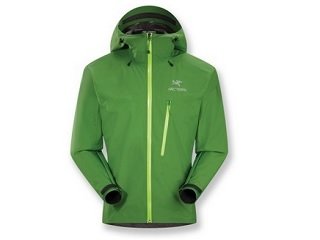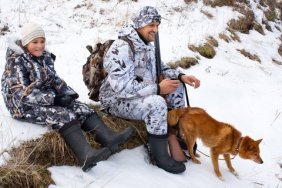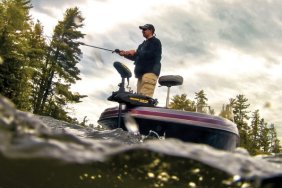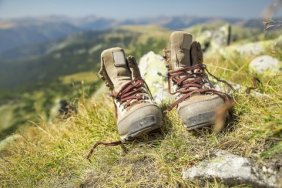 I don’t know about you, but Spring sure took its sweet time arriving in my neck of the woods. With it, though, as the old saying goes, comes the arrival of April’s showers, which means rainwear when you hit the trail. Some of you may not think that the process for choosing a piece of rainwear is as involved as choosing a tent or backpack, but there actually are several factors to consider when you’re shopping for rainwear. Today we’ll take a look at a few of the main things you’ll want to consider.
I don’t know about you, but Spring sure took its sweet time arriving in my neck of the woods. With it, though, as the old saying goes, comes the arrival of April’s showers, which means rainwear when you hit the trail. Some of you may not think that the process for choosing a piece of rainwear is as involved as choosing a tent or backpack, but there actually are several factors to consider when you’re shopping for rainwear. Today we’ll take a look at a few of the main things you’ll want to consider.
Take the time to really inspect a potential rain jacket’s functionality, or simply put: Will it keep you dry? New waterproof rainwear will hold up nicely against precipitation, but over time, rainwear fabric will require some help to maintain its waterproof qualities. (Such maintenance is often overlooked.) Furthermore, if you’re looking at soft shells, keep in mind that most models are water-resistant, not waterproof, meaning they can withstand light precipitation but not a downpour.
When it comes to the outdoors, durability is a top priority, so you’ll need to be sure your rain jacket can handle the rigors of the trail. Fabrics like nylon and polyester come in different weights, known as denier on labels, though not all companies include denier details for their fabrics. 70-denier is a common weight, but fabrics typically range from 15D to 450D. I would say aim for a midweight jacket in the 70D range. Lighter weights are ideal for day hikes and easy trails, while higher deniers are ideal for off-trail treks.
You’ll also want to take comfort into consideration. You don’t want it to feel like a portable sauna, so look for features such as vents, and consider external factors like your metabolism and the other layers you’ll be wearing. Environmental factors like humidity and temperature will play a role, as well.
Make sure you get the right type of rainwear for your needs. Proper trail will be lightweight, easily packed, and offers pocket positioning that doesn’t interfere with backpack straps. Rainwear made for casual travel or everyday use, however, is styled with a fuller cut, more pockets, and less attention to weight.
Finally, cost will undoubtedly play a role in your final decision. High-end rainwear usually features a waterproof/breathable laminate, seam-taping, and close attention to the little details, like protective awnings over zipper heads. Lower-cost rainwear tends to be cut looser and often uses waterproof/breathable coatings, which are generally less breathable than laminates.
Keep the intensity levels of your planned activities, environmental patterns, and cost in mind when you’re searching for a rain jacket, and you should be in good shape to handle any downpour. A bit of rain most likely won’t kill you, but soaking wet clothes can make for a miserable trip. The factors outlined today will help you make the right rainwear purchase and stay dry on the trail.








